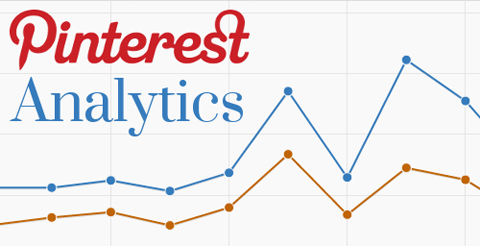“When I look at the conversational space I think it’s going to have as much impact as ecommerce or search or social,” says LivePerson CEO Rob Locascio. “The conversational space is going to be just as big. I think you’ll see one day that there will be a trillion dollar company in this space and I want it to be us. The things we’re investing in right now and setting up for will allow us to do that. That’s what’s important.”
Rob Locascio, CEO of LivePerson, predicts that the AI-driven conversational space will ultimately have as much impact and be as big an industry as ecommerce, search, or social. Locascio was interviewed by Jim Cramer on CNBC:
Ecommerce, Search, Social… and Conversational Space?
When I look at the conversational space I think it’s going to have as much impact as ecommerce or search or social. The ability to talk to a machine and have a natural conversation, it’s in the collective consciousness of people. We all believe the Alexa type situation should happen with every company.
We do that with Delta and T-Mobile and all these big brands. What we’re looking at now is how do we take that to the world? LiveIntent is proprietary technology to look at the intent that a consumer is having with the brand. In terms of I want to buy something, we have a way to analyze that and then use machine learning algorithms to then scale those conversations. That’s what this is about.
Healthcare Companies Defending Themselves From Amazon Via AI
In Q4 we signed a couple healthcare companies. They want to talk about defending themselves from Amazon because Amazon said they want to go into healthcare. The way they think they can do that is scaling the conversations they are having with their customers and creating a totally different experience. You go to a doctor, you have an experience with them, you capture that on a messaging platform and an AI will help you with whatever is wrong with you. You want to process a bill instead of calling and being put on hold, you do that through a conversational experience.
They want to game change it. The only way they’re going to defend themselves is to get into the conversational space. That’s what they see and we’re the company they’re trusting to scale their operations with the conversational platform.
Conversational Space Is Going To Be As Big As Search and Social
The conversational space is going to be as big as search and social. I think you’ll see one day that there will be a trillion dollar company in this space and I want it to be us. The things we’re investing in right now and setting up for will allow us to do that. That’s what’s important. The Amazon’s and the Facebook’s and Apple’s, they’re in the space. Jeff Bezos made a big bet obviously in Alexa to say this is the way it’s going to be.
It can’t just be Amazon and Alexa. It has to be other companies getting access to that technology and that’s what we are providing. Who else is providing it? We’re one of the largest companies in the world to do this. Even though we’re not big tech, we are large enough to go ahead and go after them. We are large enough to go ahead and define a space and win it.































 lucrative demographic, the most powerful group, at least when it comes to spending, is still the baby boomers.
lucrative demographic, the most powerful group, at least when it comes to spending, is still the baby boomers.





 uninterrupted audience attention in that amount of time?
uninterrupted audience attention in that amount of time?
 bandwagon with its Siri speaker due to be released soon. This is why businesses should include voice search in their online marketing campaign, rather than focus solely on text-based searches.
bandwagon with its Siri speaker due to be released soon. This is why businesses should include voice search in their online marketing campaign, rather than focus solely on text-based searches.
 internet users to skip one step. Instead of searching for “pulled pork sandwiches,” they can just go ahead and order the food from the best restaurant based on customer and critic reviews.
internet users to skip one step. Instead of searching for “pulled pork sandwiches,” they can just go ahead and order the food from the best restaurant based on customer and critic reviews.


 can help drive traffic to your website.
can help drive traffic to your website.